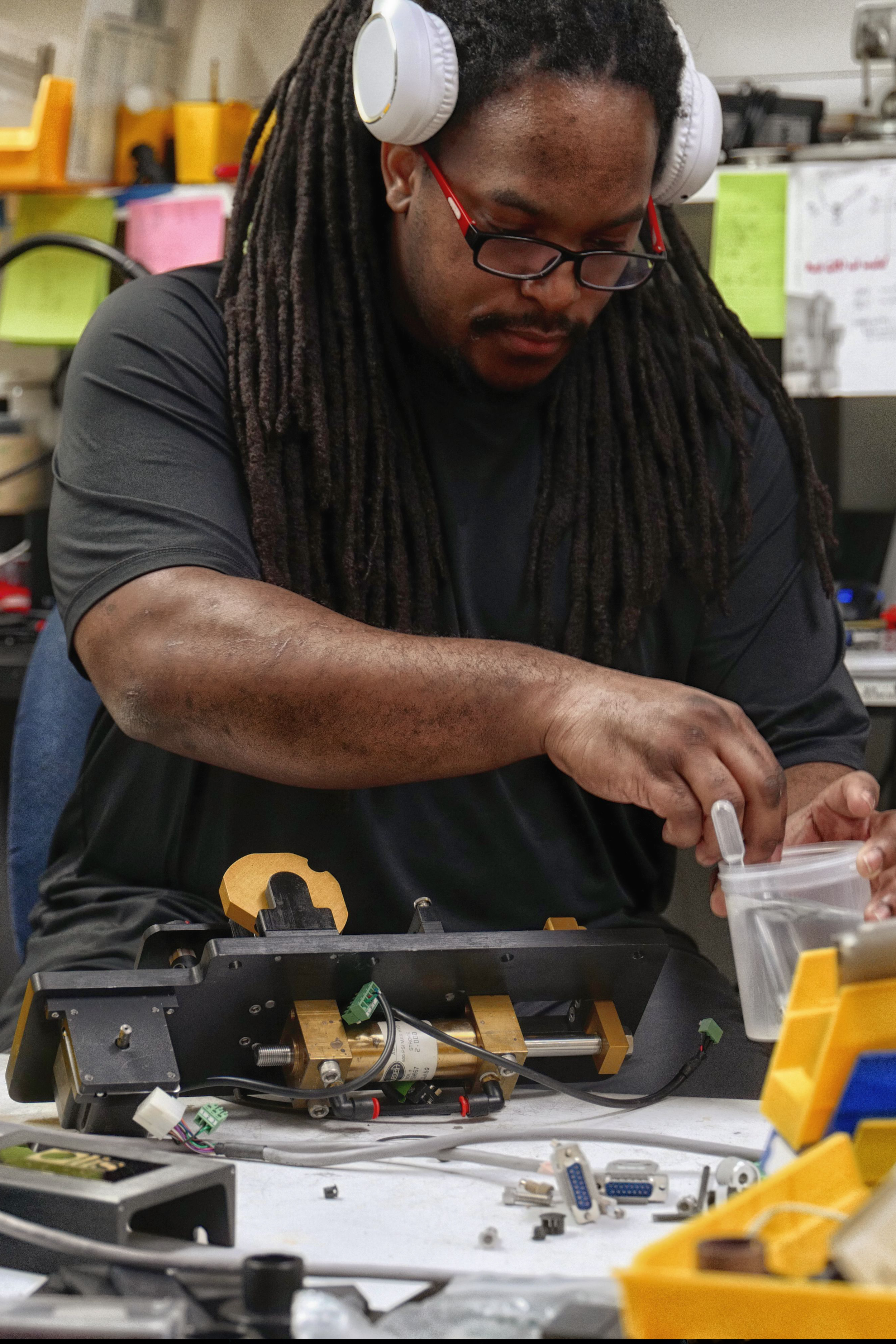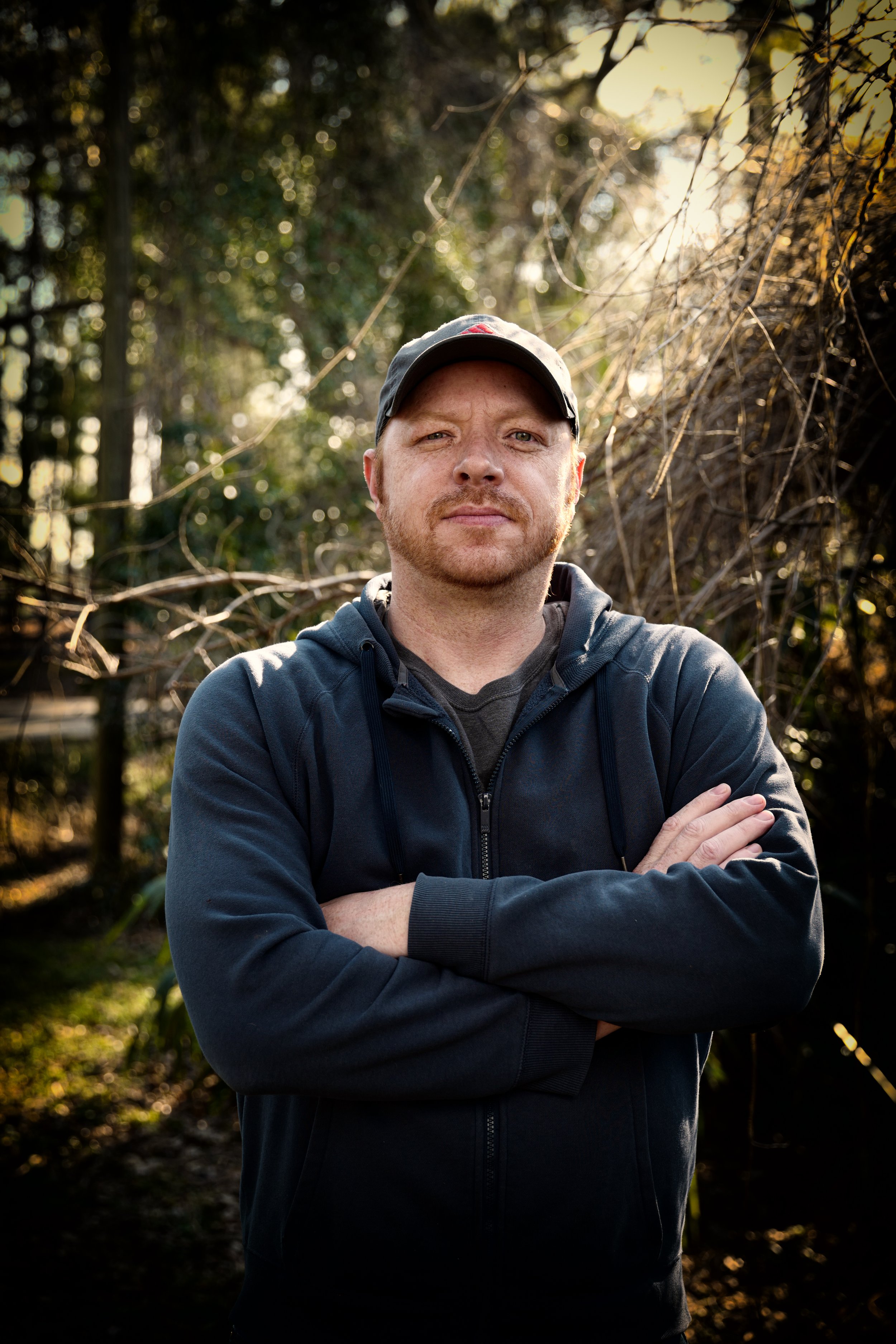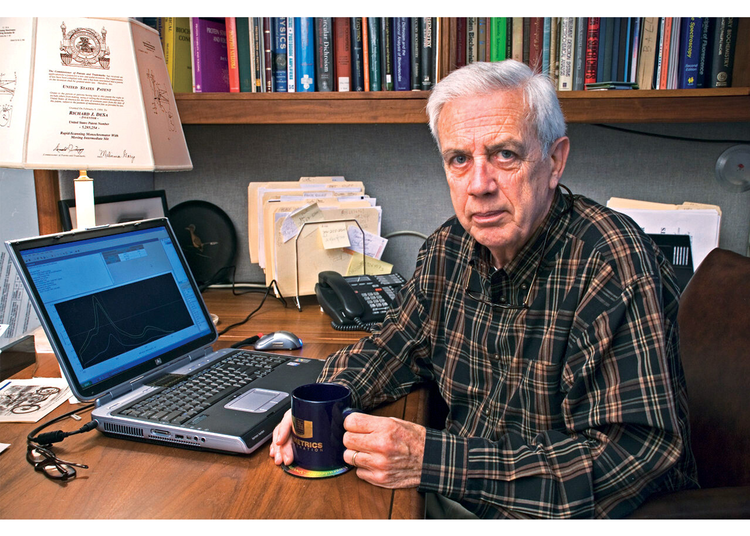The Best Strategy To Use For Circular Dichroism
Wiki Article
How Circularly Polarized Luminescence can Save You Time, Stress, and Money.
Table of ContentsSome Ideas on Uv/vis/nir You Need To KnowSome Ideas on Spectrophotometers You Should KnowSome Known Details About Uv/vis/nir The Main Principles Of Circular Dichroism The 7-Second Trick For Circular DichroismThe Ultimate Guide To SpectrophotometersUnknown Facts About Circularly Polarized Luminescence4 Easy Facts About Spectrophotometers DescribedSpectrophotometers Things To Know Before You BuyThe Facts About Uv/vis/nir RevealedExcitement About Circularly Polarized LuminescenceThe 7-Second Trick For SpectrophotometersCircularly Polarized Luminescence Things To Know Before You Buy
It is then scanned through the sample and the recommendation solutions. Portions of the event wavelengths are transmitted through, or shown from, the sample and the recommendation. Electronic circuits transform the relative currents into linear transmission portions and/or absorbance/concentration values.The transmission of a referral substance is set as a baseline (datum) worth, so the transmission of all other compounds are recorded relative to the preliminary "zeroed" substance. The spectrophotometer then converts the transmission ratio into 'absorbency', the concentration of specific components of the test sample relative to the preliminary substance.
Given that samples in these applications are not easily available in large amounts, they are especially fit to being analyzed in this non-destructive method. In addition, valuable sample can be saved by using a micro-volume platform where as little as 1u, L of sample is needed for complete analyses. A short description of the treatment of spectrophotometry consists of comparing the absorbency of a blank sample that does not consist of a colored compound to a sample which contains a colored substance.
4 Simple Techniques For Circularly Polarized Luminescence
In biochemical experiments, a chemical and/or physical residential or commercial property is picked and the treatment that is used is particular to that property in order to derive more info about the sample, such as the amount, purity, enzyme activity, and so on. Spectrophotometry can be utilized for a number of strategies such as determining ideal wavelength absorbance of samples, figuring out optimal p, H for absorbance of samples, figuring out concentrations of unidentified samples, and determining the p, Ka of different samples.: 21119 Spectrophotometry is likewise a useful procedure for protein filtration and can likewise be utilized as an approach to create optical assays of a compound.It is possible to know the concentrations of a two element mix using the absorption spectra of the standard options of each component. To do this, it is required to know the termination coefficient of this mix at 2 wave lengths and the extinction coefficients of services that consist of the recognized weights of the 2 parts.

Fascination About Circularly Polarized Luminescence
Region. The concentration of a protein can be estimated by determining the OD at 280 nm due to the presence of tryptophan, tyrosine and phenylalanine.Nucleic acid contamination can also interfere. This method needs a spectrophotometer efficient in measuring in the UV area with quartz cuvettes.: 135 Ultraviolet-visible (UV-vis) spectroscopy includes energy levels that delight electronic transitions. Absorption of UV-vis light excites particles that are in ground-states to their excited-states. Visible area 400700 nm spectrophotometry is used thoroughly in colorimetry science.
These curves can be used to test a new batch of colorant to check if it makes a match to requirements, e
Traditional visible standard noticeable area not detect if spot colorant or the base material has fluorescence. This can make it challenging to manage color problems if for example one or more of the printing inks is fluorescent. There are two significant setups for visual spectrum spectrophotometers, d/8 (spherical) and 0/45.
Scientists utilize this instrument to determine the amount of compounds in a sample. In the case of printing measurements 2 alternative settings are commonly utilized- without/with uv filter to manage much better the result of uv brighteners within the paper stock.
Some Known Incorrect Statements About Uv/vis
Some applications need small volume measurements which can be carried out with micro-volume platforms. As described in the applications area, spectrophotometry can be used in both qualitative and quantitative analysis of DNA, RNA, and proteins. Qualitative analysis can be used and spectrophotometers are used to record spectra of substances by scanning broad wavelength regions to figure out the absorbance homes (the strength of the color) of the substance at each wavelength.
Some Of Spectrophotometers
One significant factor is the type of photosensors that are available for different spectral regions, but infrared measurement is likewise challenging since practically everything releases IR as thermal radiation, especially at wavelengths beyond about 5 m. Another issue is that many products such as glass and plastic take in infrared, making it incompatible as an optical medium.Samples for IR spectrophotometry might be smeared between two discs of potassium bromide or ground with potassium bromide and pressed into a pellet. Where liquid options are to be determined, insoluble silver chloride is used to construct the cell. Spectroradiometers, which operate almost like the noticeable area spectrophotometers, are developed to measure the spectral density of illuminants. Recovered Dec 23, 2018. Essential Laboratory Techniques for Biochemistry and Biotechnology (2nd ed.). The important guide to analytical chemistry.
Oke, J. B.; Gunn, J. E.
Facts About Uv/vis Uncovered

1021/ac50048a728. ISSN0003-2700. Ninfa AJ, Ballou DP, Benore M (2015 ). Fundamental Lab Approaches for Biochemistry and Biotechnology (3, rev. ed.). Hoboken, NJ: Wiley & Sons. p. 77. ISBN9780470924525. OCLC915641828. "Completely Automatic Double Beam - Atomic Absorption Spectrophotometer (AA 8000)". Laboratory Devices. Labindia Analytical Instruments Pvt. Ltd. "Spectrophotometry Applications and Fundamentals".
5 Simple Techniques For Spectrophotometers
Obtained Jul 4, 2018. Trumbo, Toni A.; Schultz, Emeric; Borland, Michael G.; Pugh, Michael Eugene (April 27, 2013). "Applied Spectrophotometry: Analysis of a Biochemical Mix". Biochemistry and Molecular Biology Education. 41 (4 ): 24250. doi:10. 1002/bmb. 20694. PMID 23625877. (PDF). www. mt.com. Mettler-Toledo AG, Analytical. 2016. Obtained Dec 23, 2018. Cortez, C.; Szepaniuk, A.; Gomes da Silva, L."Checking Out Proteins Filtration Strategies Animations as Tools for the Biochemistry Teaching". Journal of Biochemistry Education. 8 (2 ): 12. doi:. Garrett RH, Grisham CM (2013 ). Biochemistry. Belmont, CA: Cengage. p. 106. ISBN 978-1133106296. OCLC 801650341. Holiday, Ensor Roslyn (May 27, 1936). "Spectrophotometry of proteins". Biochemical Journal. 30 (10 ): 17951803. doi:10. 1042/bj0301795.
PMID 16746224. Hermannsson, Ptur G.; Vannahme, Christoph; Smith, Cameron L. C.; Srensen, Kristian T.; Kristensen, Anders (2015 ). "Refractive index dispersion noticing using a variety of photonic crystal resonant reflectors". Applied Physics Letters. 107 (6 ): 061101. Bibcode:2015 Ap, Ph, L. 107f1101H. doi:10. 1063/1. 4928548. S2CID 62897708. Mavrodineanu R, Schultz JI, Menis O, eds.
A Biased View of Spectrophotometers
U.S. Department of Commerce National Bureau of Standards special publication; 378. Washington, D.C.: U.S. National Bureau of Standards. p. 2. OCLC 920079.The process begins with a controlled light source that lights up the evaluated sample. In the case of reflection, as this light interacts with the sample, some is soaked up or released. The emitted light journeys to the detector, which is analyzed, quantified, and presented as industry-standard color scales and indices.
All terms are evaluated over the noticeable spectrum from 400 to 700 nm. In the case of transmission, when the light engages with the sample, it is either absorbed, shown, or transmitted.
Not known Factual Statements About Circularly Polarized Luminescence
Examples consist of APHA (American Public Health Association) for watercolor and purity analysis, ASTM D1500 for petrochemical color analysis, edible oil indices used in food, and color analyses of beverages. The streamlined mathematics appears like this:. Where T is the transmission coefficient. All terms are examined over the noticeable spectrum from 400 to 700 nm.Image Credit: Matej Kastelic/ Dr. Arnold J. Beckman and his coworkers at the National Technologies Laboratories first invented the spectrophotometer in 1940. In 1935 Beckman founded the company, and the discovery of the spectrophotometer was their most ground-breaking innovation. Dr. Bruce Merrifield, a Nobel prize-winning biochemist, stated that the innovation of the spectrophotometer was "probably the most important instrument ever established towards the improvement of bioscience." Before the discovery of the spectrophotometer, chemical analyses took weeks to complete, with 25% precision.
How Uv/vis can Save You Time, Stress, and Money.
Over time, scientists kept improving the spectrophotometer design to find out here now improve its efficiency. The UV capabilities of the design B spectrophotometer were enhanced by replacing the glass prism with a quartz prism.After 1984, double-beam versions of the gadget were developed. The addition of external software application with the arrangement of onscreen screens of the spectra came in the 1990s. Typically, a spectrophotometer is made up of two instruments, particularly, a spectrometer and a photometer. A fundamental spectrophotometer consists of a source of light, a monochromator, a collimator for straight beam transmission, a cuvette to place a sample, and a photoelectric detector.
Things about Circularly Polarized Luminescence
There are various types of spectrophotometers in numerous shapes and sizes, each with its own function or functionality. A spectrophotometer identifies how much light is shown by chemical parts. circular dichroism. It determines the distinction in light intensity based upon the total quantity of light presented to a sample and the amount of beam that goes through the sample option
A spectrophotometer is utilized to determine the concentration of both colorless and colored solutes in an option. This instrument is used to identify the rate of a response.
Report this wiki page